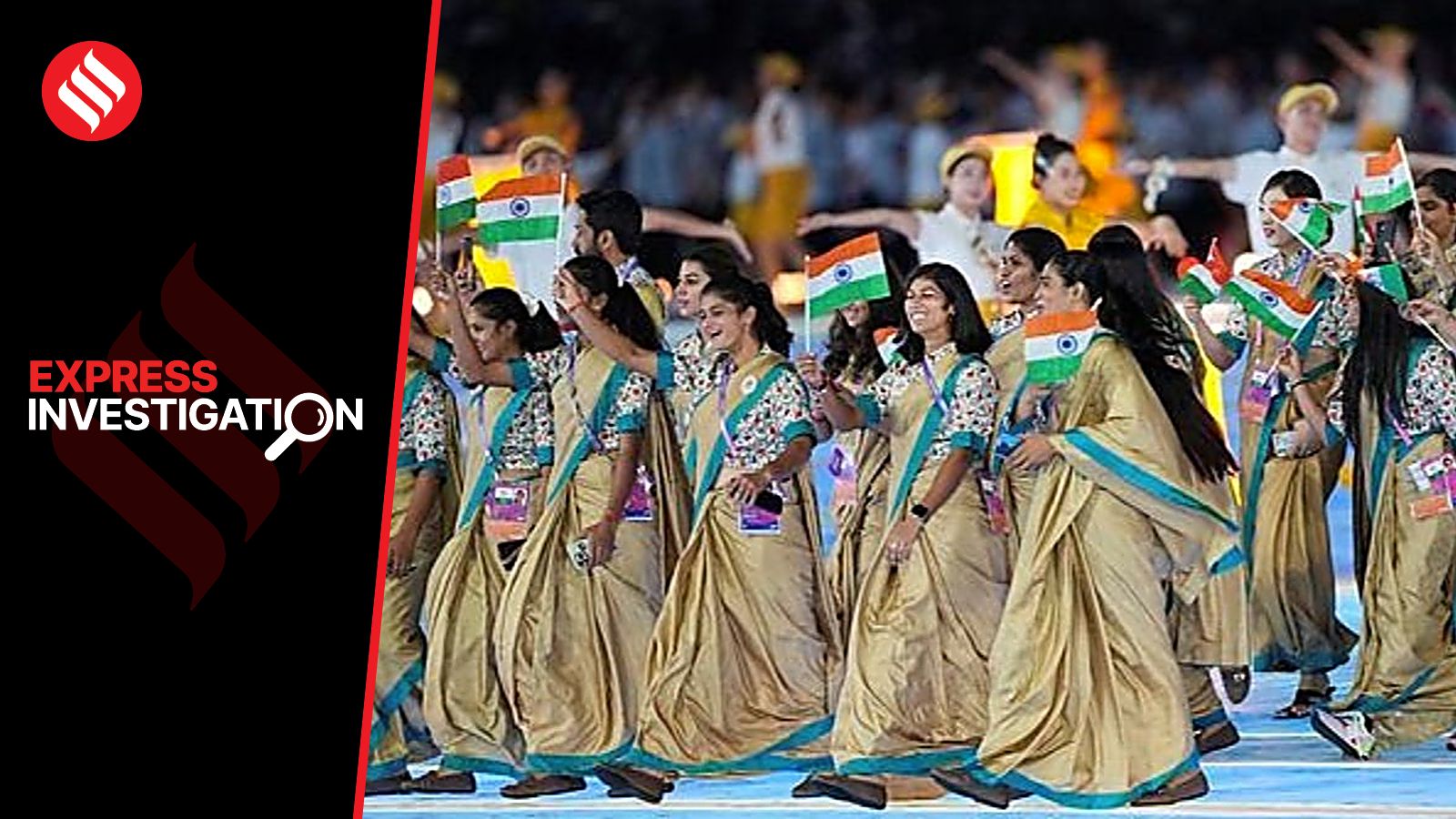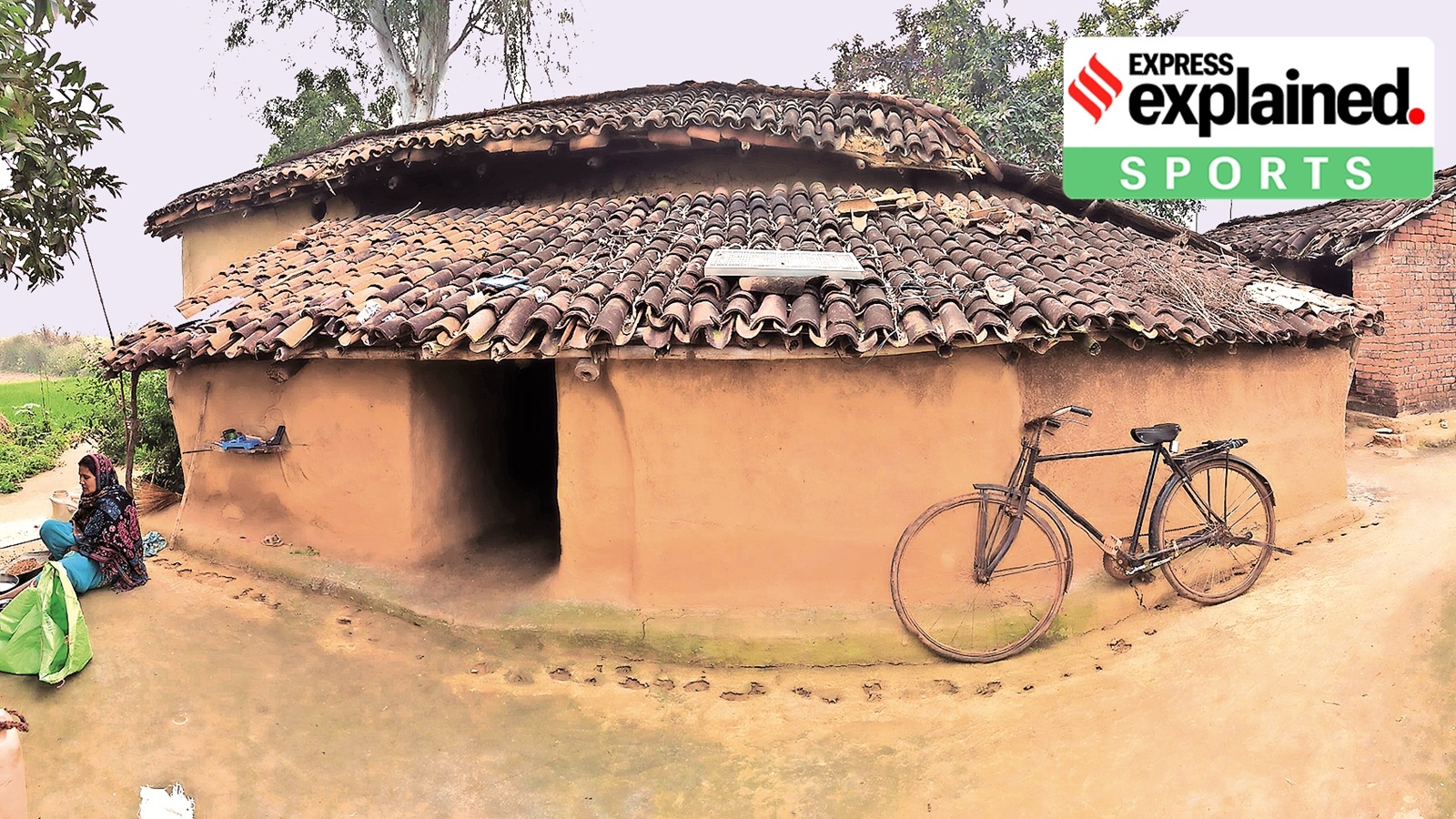- Arvind's Newsletter
- Posts
- Arvind's Newsletter
Arvind's Newsletter
Issue No #1026
1.India's 'Affluent' class to reach 100 million in three years, will boost premium goods sale: Goldman Sachs
A Goldman Sachs report estimates that the number of Indian rich (earning >$10,000 or ₹8.3 lakh a year) has grown 12.6% every year since FY19 and will hit 100 million by 2027. These Indians are bingeing on the finer things in life, fuelling growth of the companies selling them.
The report titled Rise of 'Affluent India' said robust economic growth, a stable monetary policy, and high credit growth over the past decade have boosted the purchasing power of high-earning Indians. It adds that 60 million people or 4.1% of the population now earn over $10,000 per annum, compared to 24 million in 2015.
To be sure, however, this is a small percentage of the overall population.The vast majority of the country is struggling to make ends meet; India’s per capita annual income is only $2,100 a year. There is also significant disparity across States with Bihar having the lowest per capita income of $640 (India’s low average capita income is nearly 3.5 times higher ) and Goa the most prosperous state at $7200 per capita is nearly 11 times higher.
2.Bengaluru, world's second-most congested city, now has the highest number of private cars in India, overtakes Delhi.
As per the Delhi Statistical Handbook 2023, Bengaluru has surpassed Delhi to become the Indian city with the highest number of private cars. As of March 31, 2023, Bengaluru had a total of 23.1 lakh private cars, exceeding Delhi's count. In the national capital, the number of registered private cars stood at 20.7 lakh units in 2023, reflecting a 38.8% decline since March 31, 2021.
Delhi has always been at the top in terms of most private vehicles and in 2023, the number of private vehicles dropped after the Delhi Transport Department's order which directed the owners of old vehicles to scrap and reregister them. Supreme Court banned diesel vehicles in Delhi that are aged more than 10 years and petrol vehicles older than 15 years to combat air pollution.
3.India’s overburdened justice system, reports New York Times.
More than 50 million civil and criminal cases are pending across India, and about 77% of prisoners are awaiting trial, compared with one in three worldwide. People wait decades for justice, and clearing the backlog could take more than 300 years.
The country has one of the world’s lowest ratios of judges to population. There have been no sizable funding increases for the courts; archaic rules inherited from the British snarl the process; lawyers do not opt for brevity. “How long will it take to get a decision in your case?” a judge said. “If you’re fortunate, maybe in your lifetime.”
4.AI Will Transform the Global Economy. Let’s Make Sure It Benefits Humanity.
AI will affect almost 40 percent of jobs around the world, replacing some and complementing others. We need a careful balance of policies to tap its potential.
AI is at the top of the Davos agenda this year, and the IMF chief Kristalina Georgieva said in a blog post that the technology could “ jumpstart productivity, boost global growth and raise incomes,” but equally could “replace jobs and deepen inequality.”
New technology has traditionally affected routine work, but AI is unusual in its impact on high-skilled jobs, she said, meaning advanced economies face both greater risks and greater opportunities: In rich countries, about 60% of jobs could be affected. “The AI era is upon us,” said Georgieva, “and it is still within our power to ensure it brings prosperity for all.”
5.Europe’s Growth Engine Is Broken
Germany was worst-performing major economy last year. German output contracted 0.3 per cent last year as high inflation, rising interest rates and elevated energy costs made Europe’s largest economy one of the weakest performers in the world, according to an initial estimate released on Monday.
The decline of the German economy in 2023 compounds what has been a gloomy start to the year for the country, which has been hit by nationwide train strikes over working hours and disruptive protests by farmers against cuts to fuel subsidies.
The downturn reflects a confluence of headwinds that are upending the country’s export-focused business model, from slower growth in China to higher energy prices and interest rates, mounting tensions around global trade, and a tricky transition to green energy. And with no sign that any of these cyclical and structural factors are about to improve, Germany’s prospects aren’t looking good.
The country’s gross domestic product is only 1% larger than it was at the end of 2017 after adjusting for inflation. By contrast, the U.S. economy has grown by an inflation-adjusted 13% over the same period, according to data from Eurostat and the Bureau of Economic Analysis.
This year, Germany faces new economic threats, from a collapsing real-estate market to conflict in the Middle East that is disrupting the Asia-Europe trade route. Despite an uptick in unemployment and record immigration, businesses complain of labor shortages. The government’s spending plans have been thrown into disarray by a constitutional court ruling limiting the use of off-budget funds.
6.Look where most of India’s Asian Games medals come from — village & town, under Rs 5-lakh annual income, farmers’ families
Indian Express reporters’ Mihir Vasavda’s carefully researched story points to a more bittersweet underlying reality behind these medals. He says, “Ninety-six athletes who medalled in Hangzhou stumbled upon their sport in either school or at a local ground. Many others were introduced to a game, by chance, by an enterprising coach at a basic academy with the bare minimum facilities. Stars, then, have to miraculously start aligning from that moment on.
Essentially, a career in sport is a game of luck — to be spotted at the right age, given there’s no scientific scouting network; to be given the right environment, as a majority come from underprivileged backgrounds; and to be shown the right direction as the athlete, in most cases, enters blindfolded in terms of her career path.
Perhaps, it’s this fear of the unknown that keeps parents with stable, government jobs from being keen to push their child in this direction. As the data showed, only 33 medallists out of 256 had parents who were in the service class. For these parents, the absence of a safety net in case of a sporting career gone wrong seems a far bigger concern than any gains — financial primarily.”
“Money remains the primary motivation for the families to put their child in sports. It’s why a daily wager moved from Varanasi to Sonbhadra; why a petrol pump attendant encouraged his daughter to take up running; and why a tribal belt in Sundergarh has more hockey turfs than colleges”
The other side of this coin is that India’s biggest cities (which have the best facilities and most affluent parents) barely produce any medallists: “It is also glaring that big cities like Chennai, Mumbai, Delhi, Kolkata and Bangalore accounted for just 41 medal winners between them. Ahmedabad, which is hyped up as the host city for the 2036 Olympics, had only one.
These disappointing numbers raise questions as to why the privileged or middle class from urban areas who can afford high-nutrition food, have access to the best gyms and state-of-the-art training facilities, do not think of sport as a viable career option.
Shrinking public spaces and a comfortable lifestyle means the participation of people from big cities in sports like hockey — which requires big playing grounds — and wrestling, a hard strength-based sport, is negligible. Likewise, the entry barriers and high cost in sports like squash and tennis mean that those from rural backgrounds — who accounted for one-third of the medalists — can only dream of a career in such sports.”





